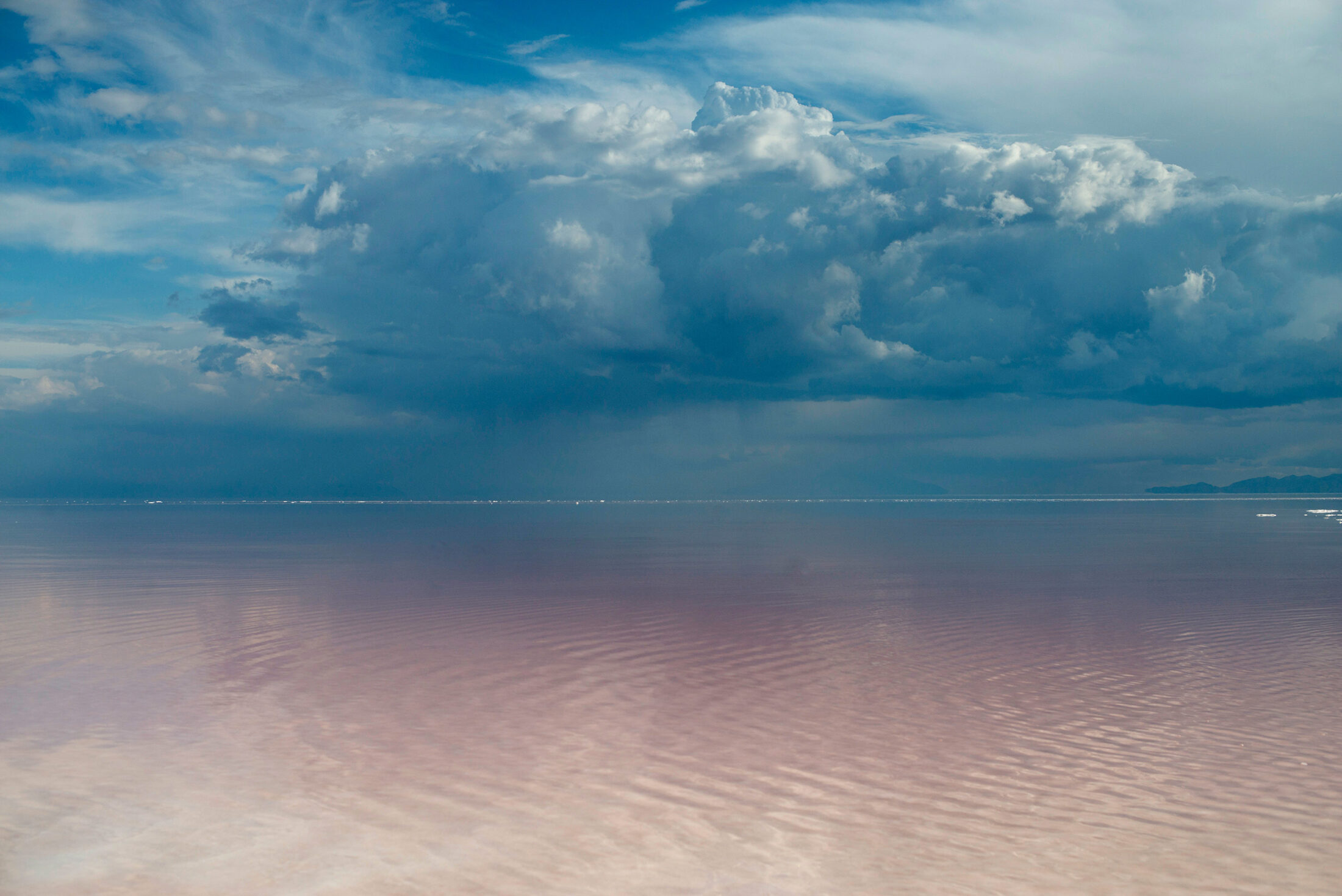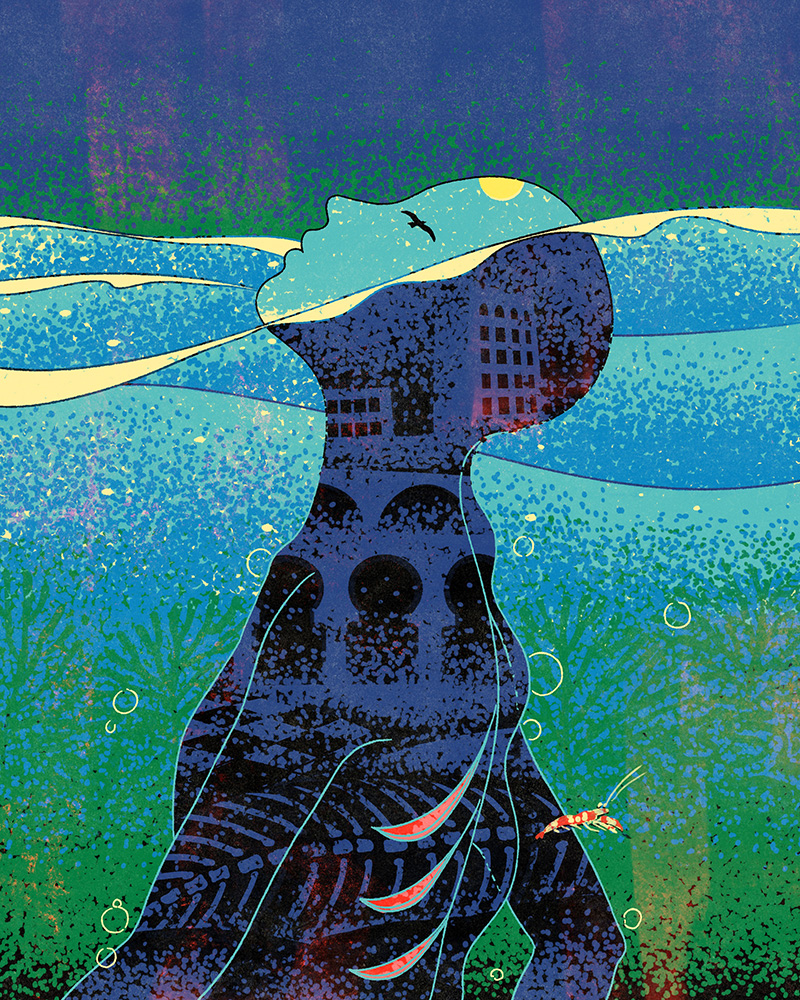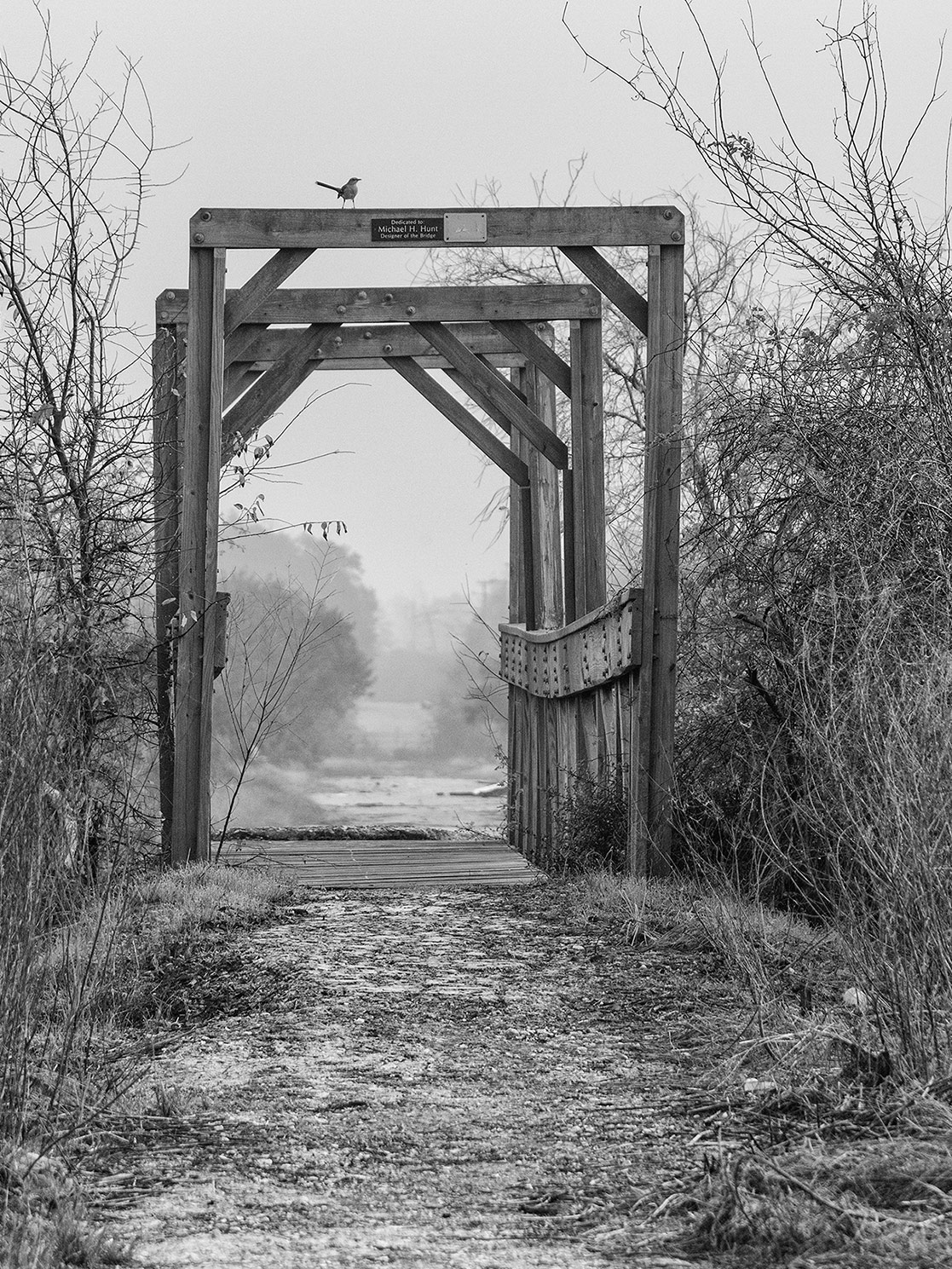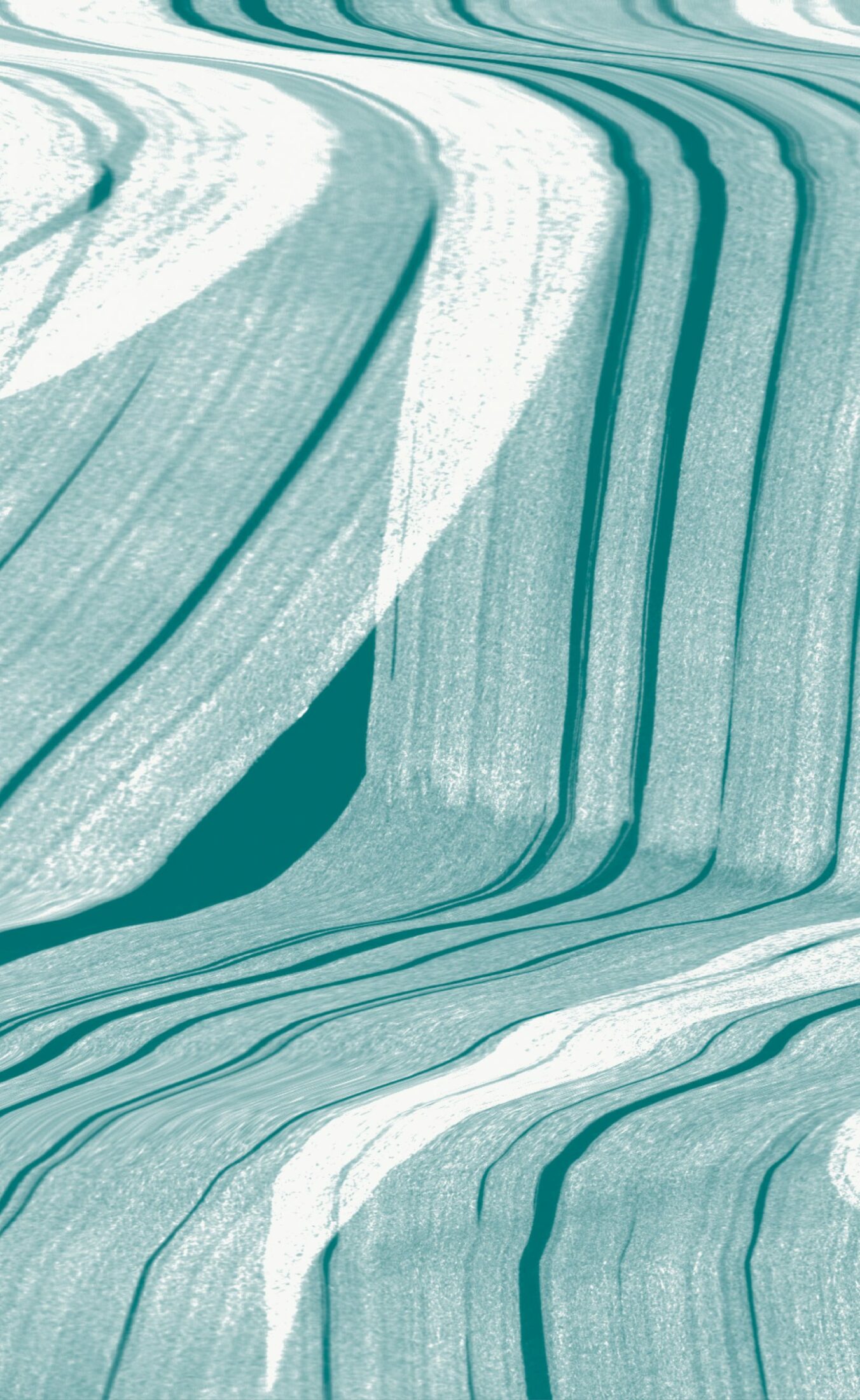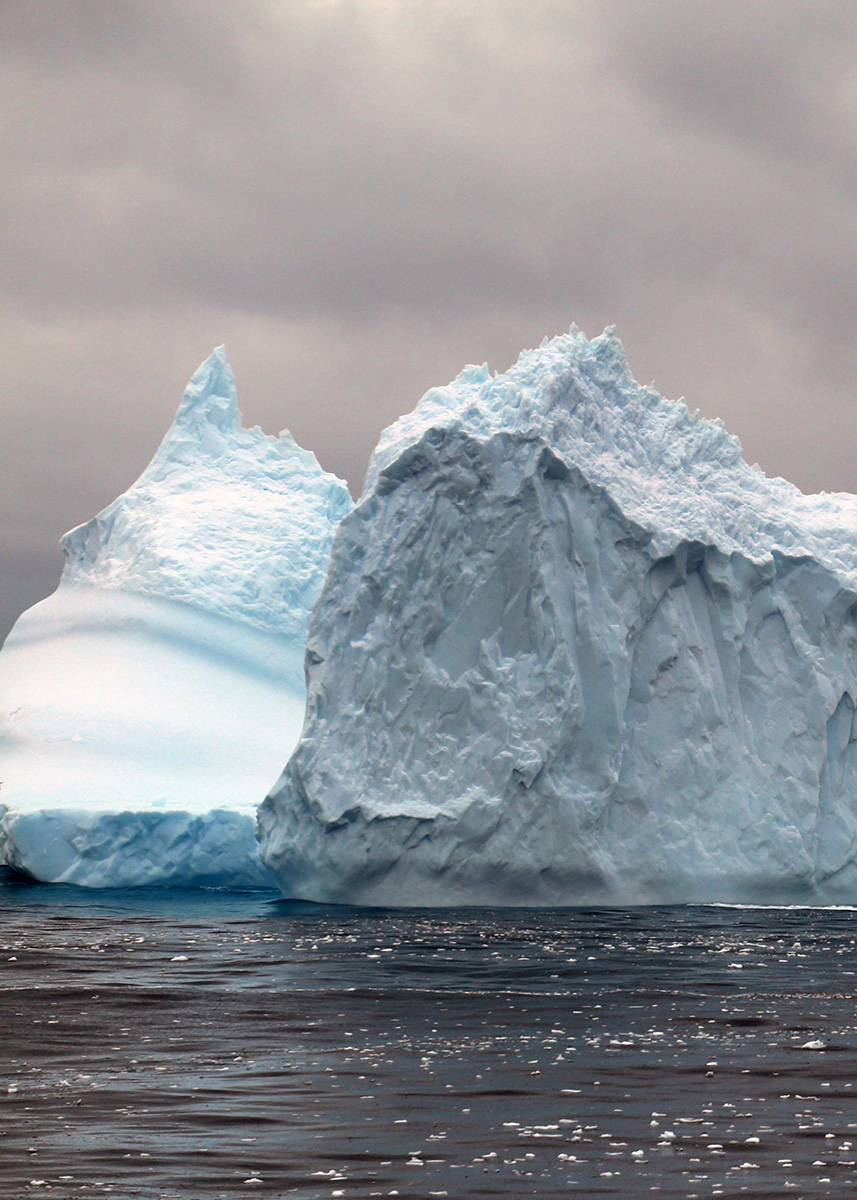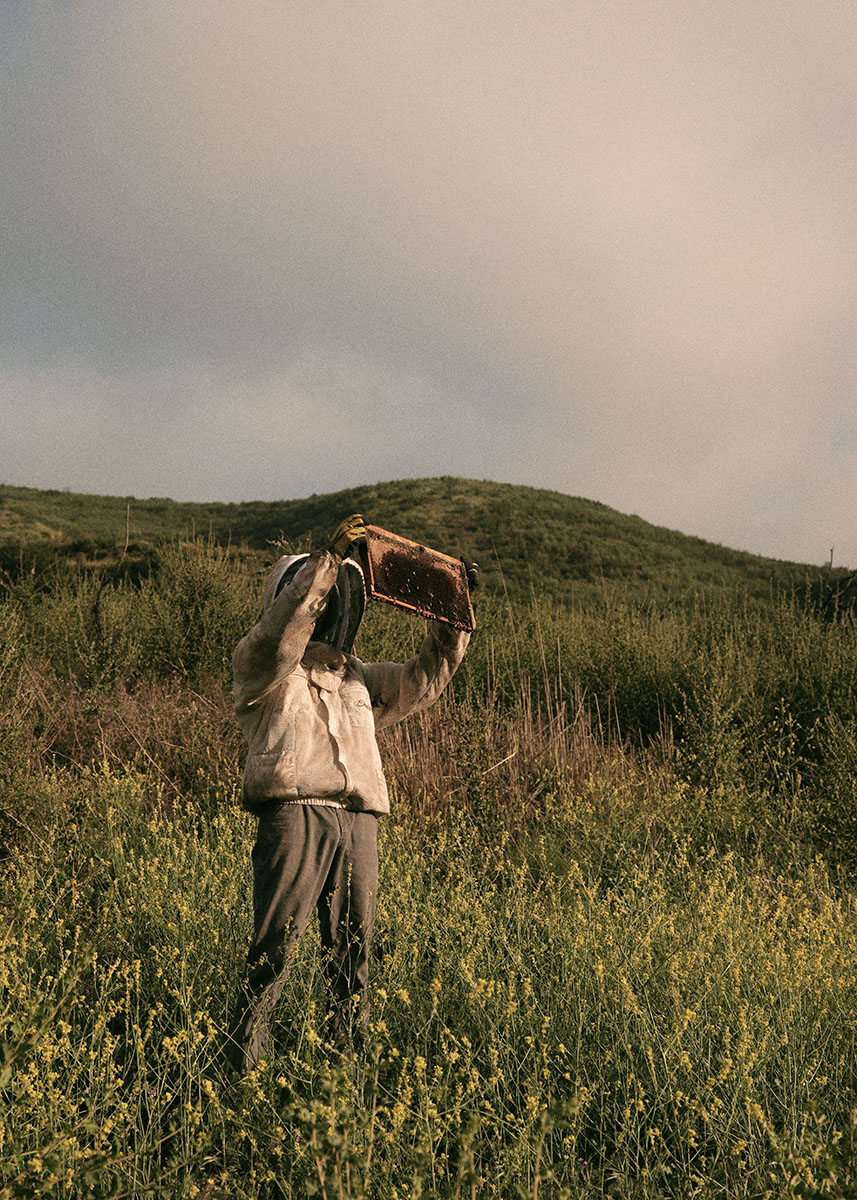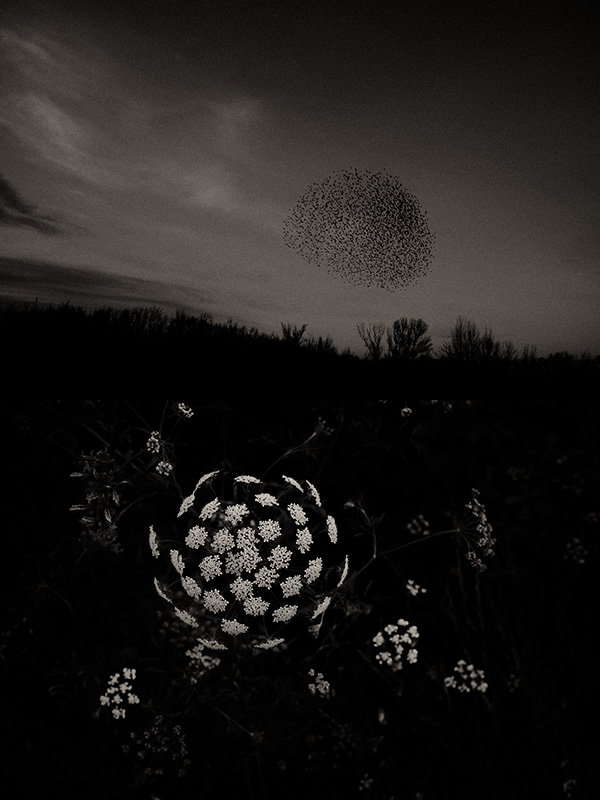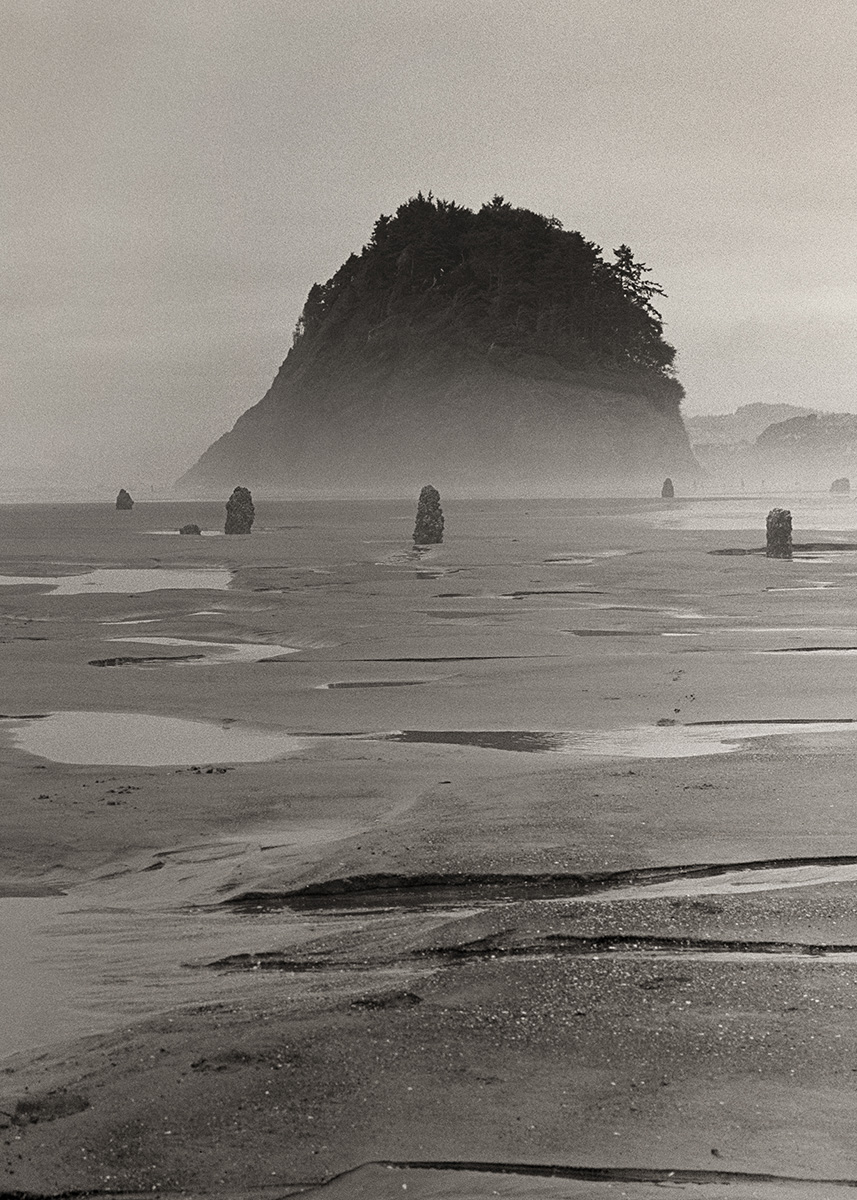
Annabel Howard is a writer and PhD student based in Tiohtià:ke/Montréal, whose current research is focused on the relationship between place and language. She is the author of three books of art history and has taught and lectured in museums throughout the United Kingdom and Italy. Her creative nonfiction has appeared in The White Review, The Puritan, The Malahat Review, and Best Canadian Essays.
Annabel Howard reaches for certitude amid a world aflame, only to glimpse the paradox of apocalypse: that in ending there lies beginning.
1. You are just four. You can conceptualize up to and including the number thirty. Anything above thirty is “a hundred and twenty-one and as huge as the entire world is big.” There will soon come a time when you discover the world is not so big after all.
2. That time, for adults, is now. Thirty years is the low estimate from the UN’s Food and Agriculture Organization for the number of harvests—the number of annual cycles—before humanity’s food runs out.
3. Imagine: in this worst-case scenario you can’t in any way conceive of the world, but you can already count the years until you run out of food.
4. When I tell your father the “thirty years” statistic, he goes silent and pulls out his phone. We’re in the yard: your baby brother bouncing in his stripy rainbow chair, you pulling leaves off the rosemary plant. In the low, evening sunshine panic radiates a halo around your father’s head.
5. After a few minutes he lowers his phone, the screen effervescent against his white shirt. “It’s not true,” he says, with finality. “The UN predicted sixty years based on current rates of soil degradation in certain, extreme cases of agro-erosion. Most worst-case scenarios see a thousand-year finishing line. The thirty years stat is fearmongering.” He slips the phone into his pocket, walks over to your brother, smiles.
6. I return to my task: snapping the blooms off dandelions before they go to seed. I’ve recently discovered that No Mow May, which has such rousing narrative pull—“I’m feeding the wildlife!”—isn’t much help to insects or birds. Most common weeds are non-native invasives with negligible nutritional content for local fauna.
7. As I snap, I recall the story of Louis XIV’s elephant in the Royal Menagerie of Versailles, fed on (among other things) twelve liters of wine a day. A pawn of statecraft, this creature was not uncherished but misunderstood. Tell me: are we any less ignorant or accountable when we feed dandelions to the bees?
8. On a more positive note, it is undoubtedly a start, upending the established judgment we bring to plants. To learn to love a weed you must change something much more fundamental than the aesthetic of your lawn. The optimist in me wants this to be enough. The pragmatist knows it isn’t—knows we are very far from finding any right answers.
9. In my weaker moments I wish for certitude like your father’s. Living among all the questions requires something that can, in some moments, feel like masochism. In others it feels as sweet and raw as the sap running over my fingertips and dripping across my palm.
10. Whether our food runs out in thirty or sixty or a hundred years isn’t really the issue. The issue is that we’re able to imagine putting a full stop on the infinite. Maybe it’s not an imaginative act at all, maybe it just seems that way to me because I cannot conceptualize what would happen if there were no more harvests.
11. Am I the only person who feels this euphemism—“no harvest”—is far too casual for what should be appropriately labeled The End of the World?
12. In my early twenties I was fascinated by the thought that whole cultures subscribed to the idea of cataclysm. I loved Botticelli’s trippy little Mystic Nativity which, as well as the usual scene of Mary and the baby Jesus, depicts various fissures in the fabric of reality: angels weeping in a yawning sky; a golden light illuminating the understory of a forested landscape; a swarm of devils scuttling for cracks in the earth. At the top of the image Botticelli uses an inscription to describe the scene: the “half time after the time […] the Second Woe of the Apocalypse.”
13. The sheer quantity of apocalyptic scenes across the arts illustrates how, in the context of history, the imaginative act of putting a full stop on the infinite is not so radical after all.
14. Still, when I first encountered Botticelli, the attempt to paint the end of time struck me as wild and fantastical. The Mystic Nativity—part lunacy, part fairy tale—opened before my eyes like a portal, unshackled from expectation and reality. I turned from the painting and read stacks of scholarly articles that denigrated the painting’s style as a “regression,” a step away from the rationality and progress of the Renaissance.
15. Thinking about “rationality”—all the blind, misplaced confidence that does not belong only to me but to a thick slice of Western thought—elicits a sardonic little laugh. It sounds like a cough, or a bark. The animal part of me, rising.
16. It’s either that or bodily reflex: my throat finding a way to cover my existential panic.
17. These days, even rationalists’ thoughts are bending. Your father—the ultimate man of logic—recently confessed he believes in parallel realities. He told me this calmly, with none of the apprehension he had when he explained to me, years ago, the varying sizes of infinity. On that occasion, as he spoke, his face blinked from joy to fear like faulty code.
18. I don’t remember much about the mathematical theory of infinity; only how my brain short-circuited, attempting to visualize something which, by definition, has no fixed beginning or end.
19. It may have been shortly after this that the idea of Apocalypse began to seem less like medieval woo-ha and more like a legitimate form of meaning-making.
20. So legitimate (let’s be honest here) that I began to believe in the Apocalypse myself. Was I becoming more aware of closed units of time (one lifespan, for example), or was I just unable to ignore for a second longer the sheer scope of our planetary crisis?
21. Eula Biss writes in her essay “The Pain Scale” that “a scale of any sort needs fixed points.” What a relief to think that all we need are fixed points. This, because however big a scale is, it always measures. Scales dispense with the idea of the infinite.
22. Apocalypse transforms time into a scale. It places a bracket around what is bracketless. The half time after the time. A divine deluge. An all-encompassing fire. The final harvest.
23. I’d like to interview a UN scientist so I can explain this, then ask: At what point did you realize your data sets are little more than an extreme attempt at meaning-making in a chaotic and turbulent world?
24. This arc of thought entertains me. It does not, however, make me feel in any way reassured. Even if the harvests don’t fail, or don’t fail in the way the report predicts, it’s true that whatever happens, in thirty years’ time something essential will have been lost.
25. In the years before he painted the Mystic Nativity, Botticelli likely joined thousands of religious fanatics to toss artworks, books, jewels, and luxury fabrics onto Florence’s famous Bonfire of the Vanities. Their hope was to cleanse sin through fire and, in so doing, avert the inevitable end of the world.
26. I wonder what items I’d burn. Then I remember the world’s already aflame.
27. A few weeks ago I looked closely (not even that closely) at the Mystic Nativity, for the first time in years. I saw the same uncomfortable beats, the same frenetic cracking and opening of the earth, the same trembling of the angels. I also saw that I’d been wrong to assume the painting depicted an ending. Botticelli’s world is lush, dense with moss, acanthus, cypress, olive. New life emerges from the fissures. This is not a full stop, it is a transformation.
28. Your small form emerges from the house, gambles out to join me in our small patch of greenness, and asks why I’m picking all our beautiful flowers. You cruise around the lawn, gathering the fallen stems, and you use their yellow blazes to decorate the baby in his chair.
29. Nothing came to an end after the Bonfire of the Vanities, but something did vanish, and what vanished was certainty. Perhaps that was its own Apocalypse. Perhaps doubt is its own, particularly devastating, sort of ending.
30. By the time we go inside, the dandelions have wilted. They are ragged in their dying, petals browned and frizzing. You pick one up and start to dissect it, pulling the petals off one by one. “Look Mum!” you say. You raise your hand. You are holding a palmful of seeds.
